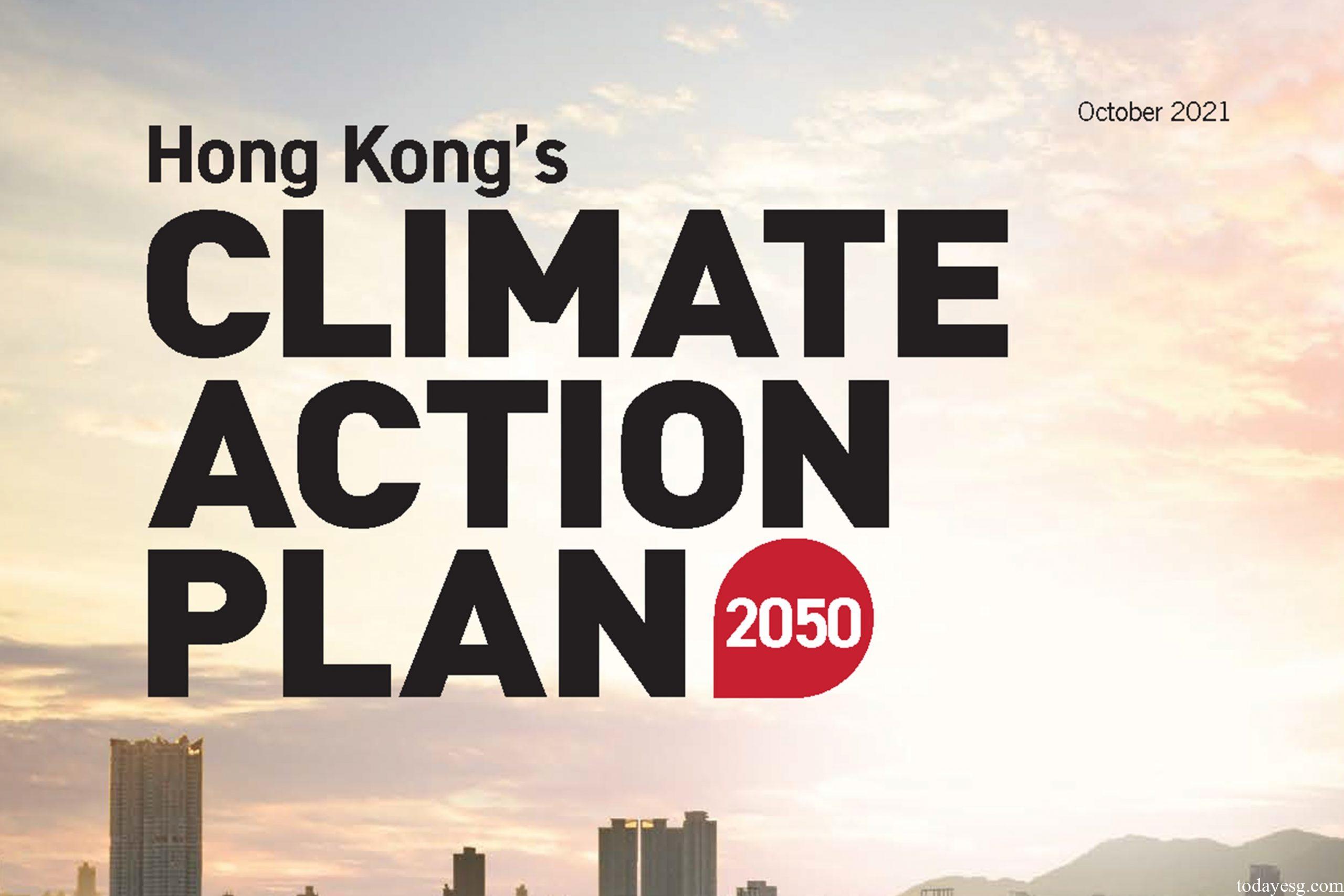Introduction to the 2050 Climate Action Plan
In 2017, Hong Kong released the “2030 Climate Action Blueprint”, promising to reduce carbon emissions to 65% to 75% of 2005 by 2030. In 2020, carbon emissions have been reduced to 80%.
Hong Kong’s carbon emissions have reached a peak in 2014. According to the data of 2020, power generation, transportation, and waste disposal account for the top three carbon emissions (accounts for 66%, 18% and 7% respectively). Therefore, the government believes that follow-up actions include striving for zero emissions in power supply and transportation and stopping the direct landfill of solid waste.
Objectives and Strategies of 2050 Climate Action Plan
Hong Kong has formulated four strategies in 2050: net zero power generation, energy conservation and green construction, green transportation, and waste reduction. The specific objectives of these strategies are:
- Net zero power generation: Increase the proportion of renewable energy power generation from 1% to 15% in 2050.
- Energy conservation and green building: In 2035, reduce the power generation of commercial buildings by 15% to 20%, reduce the power generation of residential buildings by 10% to 15%. In 2050, reduce the power generation of commercial buildings by 30% to 40%, reduce the power generation of residential buildings by 20% to 30%.
- Green transportation: transportation industry reaches zero carbon emission by 2050.
- Waste reduction: in 2035, get rid of the treatment mode of domestic garbage landfill. In 2050, waste treatment will be carbon neutral.
The climate action blueprint plans to reduce carbon emissions to half of 2005 by 2035, and to achieve carbon neutrality by 2050 (the total carbon dioxide emissions in 2005 is 40 million tons, the goal for carbon dioxide emissions in 2035 is 20 million).

Specific Measures for Climate Action Plan
The Climate Action Plan proposes specific measures for the above four strategies, including:
- Net zero power generation: Develop renewable energy and zero carbon energy power generation, reserve coal power generation as a backup purpose, and finally achieve carbon neutrality in the power generation industry.
- Energy conservation and green building: Improve the energy efficiency of buildings, develop regional cooling systems, and strengthen the use of energy management tools.
- Green transportation: Test and apply new energy transportation tools and continue the public transportation system with railways as the backbone.
- Waste reduction: Promote waste reduction and recycling for all, support low-carbon transformation, and develop waste treatment facilities.
Climate Action and Green Bonds
The climate action blueprint mentions that the government green bonds launched in 2018 can provide funds for these energy conservation and emission reduction projects. Before the release of the climate action blueprint, Hong Kong has issued two batches of green bonds, namely:
- In May 2019, the first batch of green bonds was issued, with a total scale of 1 billion US dollars.
- In February 2021, the second batch of green bonds will be issued, with a total scale of 2.5 billion US dollars.
The Climate Action Blueprint plans to issue another HKD $175.5 billion of green bonds in the next five years and continue to expand the currency and issuance channels of green bonds. In terms of follow-up actions, Hong Kong continued to issue two batches of green bonds, including two new currencies of RMB and Euro, and issued green retail bonds for public choice.
- In November 2021, the third batch of green bonds will be issued, and the euro green bonds and onshore RMB green bonds will be issued for the first time, with a total scale of 1 billion dollars, 1.75 billion euros and 5 billion yuan.
- In May 2022, the fourth batch of green bonds will be issued. This issue is aimed at retail investors, with fixed coupon no less than 2.5% and a total size of 20 billion Hong Kong dollars (2.6 billion US dollars), making it the largest green retail bond issue in the world.
In addition to green bonds, Hong Kong also plans to develop green economy on this basis, increase green assessment and certification in the financial industry, and strive to develop into a regional green financial hub.
Reference:








